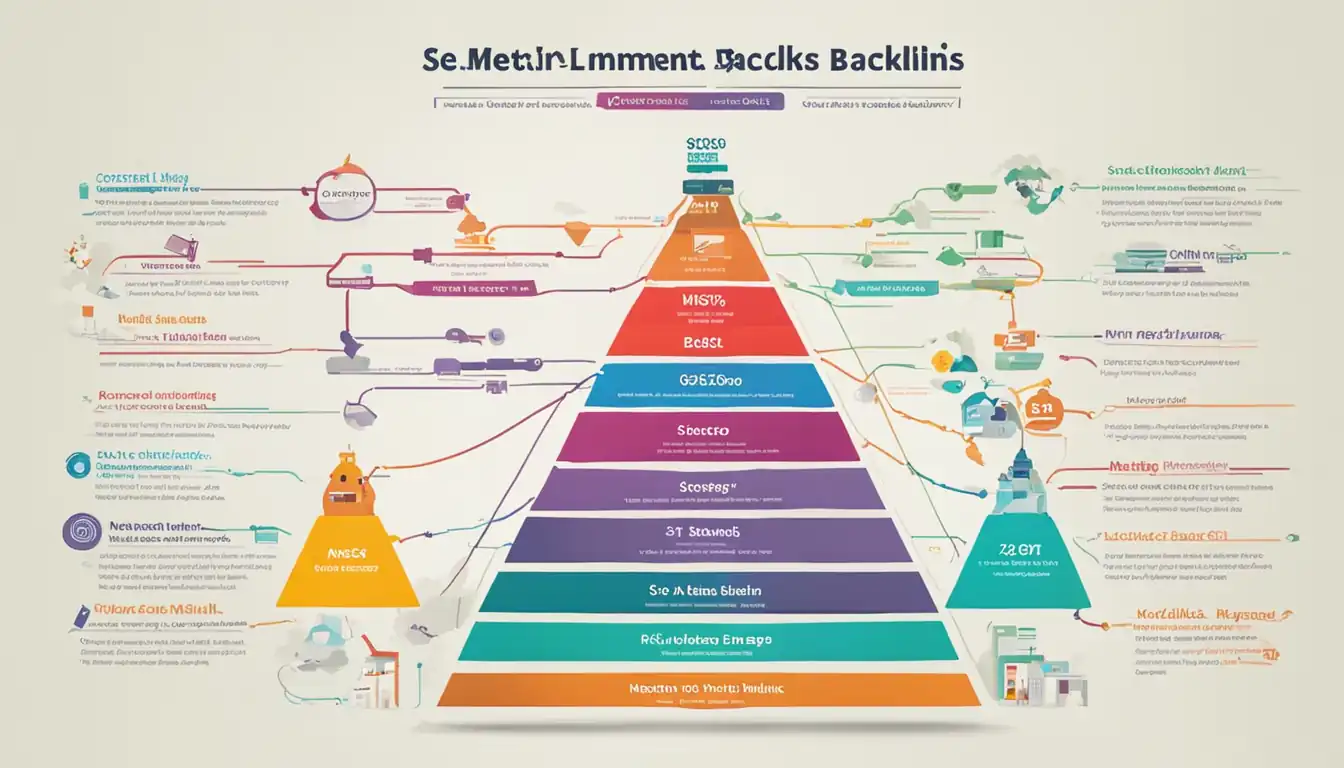SEO Content Writing Best Practices

Welcome to the world of SEO content writing best practices! In this post, we will delve into the fundamentals of SEO, crafting a winning strategy, writing engaging content for the web, optimizing your content for search engines, incorporating multimedia elements, and keeping your content fresh and relevant. Whether you're a seasoned writer or just starting out in the world of digital marketing, these tips and tricks will help you create content that not only ranks well but also resonates with your target audience.
Understanding SEO Fundamentals

SEO, or search engine optimization, is the practice of optimizing your content to improve its visibility on search engine results pages. By understanding the fundamentals of SEO, you can create content that ranks well and drives organic traffic to your website.
The Role of Keywords in Content Creation
Keywords are the foundation of SEO content writing. They are the words and phrases that users type into search engines to find information. By strategically incorporating relevant keywords into your content, you can signal to search engines what your content is about and increase its chances of ranking for those terms.
How Search Engines Work
Search engines use complex algorithms to crawl, index, and rank web pages based on various factors such as relevance, authority, and user experience. Understanding how search engines work can help you create content that meets their criteria and improves your chances of ranking higher in search results.
Crafting Your SEO Strategy
Crafting a successful SEO content writing strategy is crucial for driving organic traffic to your website. Here are some best practices to consider:
Identifying Your Target Audience
Before you start creating content, it's essential to identify your target audience. Understanding who your audience is will help you tailor your content to meet their needs and interests.
Keyword Research Tools and Techniques
Keyword research is a fundamental aspect of SEO content writing. Utilize keyword research tools such as SEMrush, Ahrefs, or Google Keyword Planner to identify relevant keywords for your content. Conduct thorough research to understand search intent and competition levels for each keyword.
Writing for the Web
When it comes to SEO content writing, creating engaging headlines is crucial for capturing the reader's attention and improving click-through rates. A compelling headline should be concise, descriptive, and include relevant keywords to attract both readers and search engines.
Creating Engaging Headlines
- Keep it concise: Aim for headlines that are around 55-60 characters long to ensure they display properly in search engine results.
- Incorporate keywords: Include relevant keywords in your headlines to improve visibility and SEO rankings.
- Be descriptive: Clearly communicate what the content is about to entice readers to click through.
The Importance of an Easy-to-Read Structure
In addition to captivating headlines, having an easy-to-read structure is essential for keeping readers engaged and improving SEO performance. A well-structured piece of content makes it easier for both users and search engines to understand the information presented.
- Use subheadings: Break up your content with subheadings to organize information and make it more scannable.
- Utilize bullet points and numbered lists: Lists help break up text and make key points stand out.
- Keep paragraphs short: Aim for 2-3 sentences per paragraph to improve readability on both desktop and mobile devices.
By following these best practices for writing web content, you can create engaging, optimized pieces that resonate with your audience and perform well in search engine results.
Optimizing Content for SEO

When it comes to SEO content writing, optimizing your content for search engines is crucial. Here are some best practices to keep in mind:
Using Keywords Naturally and Effectively
One of the most important aspects of SEO content writing is using keywords naturally throughout your content. Here are some tips for effectively incorporating keywords into your writing:
- Conduct keyword research to identify relevant and high-ranking keywords in your niche.
- Use keywords strategically in your title, headings, meta descriptions, and throughout the body of your content.
- Avoid keyword stuffing, as this can negatively impact your SEO efforts.
Internal Linking Strategies
Internal linking is another important aspect of SEO content writing. By strategically linking to other pages on your website, you can improve the user experience and help search engines better understand the structure of your site. Here are some tips for effective internal linking:
- Use descriptive anchor text that includes relevant keywords.
- Link to related pages or posts within your website to provide additional context for readers.
- Regularly audit and update internal links to ensure they are still relevant and working properly.
By following these best practices for optimizing content for SEO, you can improve your website's visibility in search engine results and attract more organic traffic.
Beyond Text: The Role of Multimedia in SEO Content
In today's digital landscape, multimedia elements play a crucial role in enhancing the user experience and boosting SEO rankings. Here are some best practices for incorporating images and videos into your SEO content.
Incorporating Images and Videos
Relevance: Ensure that the images and videos you use are relevant to the content they accompany. This not only improves user engagement but also signals to search engines the context of your content.
Optimization: Optimize your images by using descriptive filenames, alt text, and captions. Compressing images to reduce load times can also improve page speed, a key ranking factor.
Quality: Use high-quality images and videos to maintain a professional appearance and keep users on your page longer. Blurry or pixelated media can deter visitors from engaging with your content.
Optimizing Non-Text Elements
Schema Markup: Implement schema markup for your multimedia elements to provide search engines with additional context about the content. This can lead to rich snippets in search results, increasing visibility.
Sitemaps: Include multimedia files in your XML sitemap to ensure they are crawled and indexed by search engines. This helps improve their discoverability and overall SEO performance.
Accessibility: Make sure all multimedia elements are accessible to users with disabilities by providing alternative text descriptions for images and transcripts for videos. This not only improves user experience but also aligns with SEO best practices.
By following these best practices for incorporating multimedia elements into your SEO content, you can enhance user engagement, improve search engine visibility, and ultimately drive more organic traffic to your website.
Keeping Your Content Fresh and Relevant
In the world of SEO content writing, keeping your content fresh and relevant is crucial to maintaining high rankings on search engine results pages. Here are some best practices to help you achieve this:
Regular Updates and Revisions
Regularly updating and revising your content is essential for staying current in the ever-changing landscape of SEO. Here are a few tips to keep your content up-to-date:
- Update statistics and data: Make sure any statistics or data in your content are current and accurate.
- Refresh outdated information: If there have been changes in your industry or topic, make sure to update your content accordingly.
- Add new insights: Keep your audience engaged by providing new insights or perspectives on the topic.
By regularly updating and revising your content, you not only improve its relevance but also show search engines that you are actively maintaining your website.
Monitoring Performance with Analytics
Monitoring the performance of your SEO content is essential for understanding what is working well and what can be improved. Here are some key metrics to track using analytics tools:
- Organic traffic: Monitor how much traffic is coming to your site from organic search results.
- Keyword rankings: Keep track of how well your target keywords are performing in search results.
- Bounce rate: Monitor the percentage of visitors who leave your site after viewing only one page.
- Conversion rates: Track how many visitors are taking desired actions on your site, such as making a purchase or signing up for a newsletter.
By regularly monitoring these metrics, you can identify areas for improvement and make informed decisions about optimizing your SEO content strategy.
Conclusion
By implementing these SEO content writing best practices, you can elevate your online presence and drive more traffic to your website. Remember to always keep your audience in mind, conduct thorough keyword research, create engaging multimedia elements, and regularly update and revise your content based on analytics. With dedication and consistency, you can achieve success in the competitive world of digital marketing.